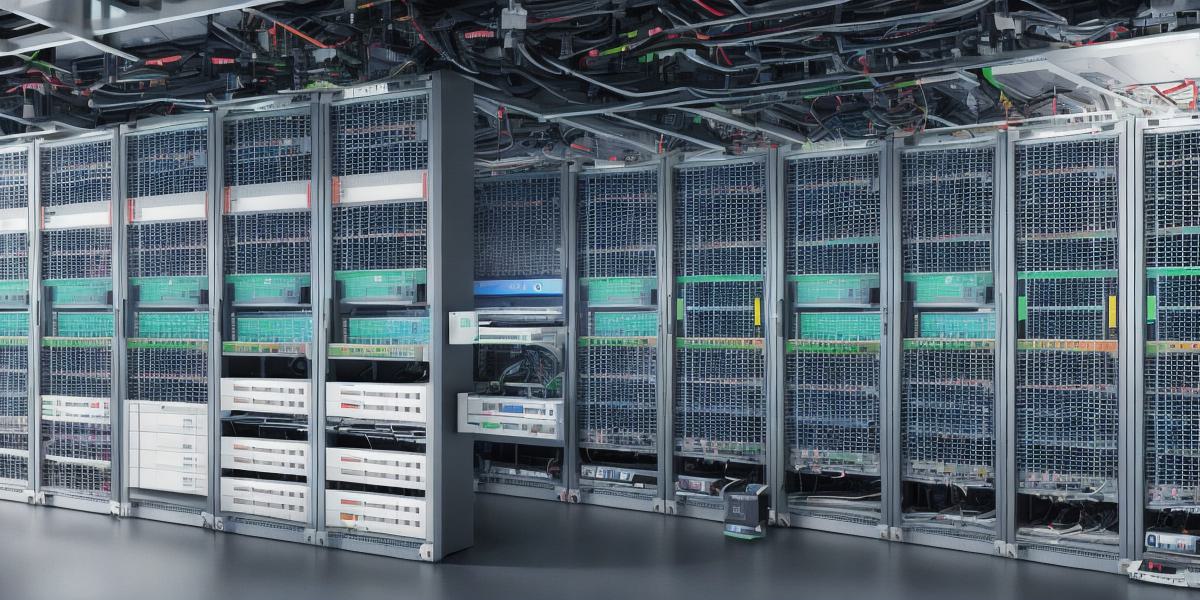how to start oracle rac
Oracle RAC (Real Application Clusters) is a cutting-edge technology that enables multiple servers to work together seamlessly as one system. It offers high availability, scalability, and performance by distributing the load across multiple nodes in a cluster. This guide will provide you with all the information you need to set up and manage your first Oracle RAC environment, including hardware requirements, software components, and steps to configure and test the environment.
To start with Oracle RAC, you will need the following:
- Oracle Database Software: Oracle Database is the core component of the Oracle RAC environment. You can download it from Oracle’s official website or purchase a license from authorized dealers.
- Server Hardware: The server hardware must have sufficient processing power and memory to support multiple database instances running in parallel. At least two servers with at least 4GB RAM and 4-core processors are recommended for an entry-level Oracle RAC environment.
- Networking Hardware: You will need networking hardware such as switches, routers, and firewalls to connect the servers in the cluster. The networking hardware must be capable of supporting high-speed data transfer and low latency.
- Oracle Clusterware Software: Oracle Clusterware software provides the foundation for the Oracle RAC environment. It manages the communication between the database instances running on different nodes in the cluster, ensuring data consistency and high availability.
Once you have all the necessary components, you can follow these steps to set up your Oracle RAC environment:
- Install Oracle Database Software on each server in the cluster. You can install it using the Oracle Database Installer tool or by following the manual installation process.
- Configure Oracle Clusterware software on each server in the cluster. This involves creating a new cluster, adding servers to the cluster, and configuring network settings. You can use the Oracle Clusterware Command Line Interface (CLI) to perform these tasks.
- Configure the Oracle database on each server in the cluster. This involves creating databases, allocating resources, and setting up replication. You can use SQL*Plus or PL/SQL to perform these tasks.
- Test your Oracle RAC environment to ensure that everything is working as expected. This includes testing failover and load balancing. You can use the Oracle Clusterware Command Line Interface (CLI) to test failover by simulating a server failure and verifying that data is automatically replicated to the backup server.
Real-life examples of how Oracle RAC has been used in different industries include:
- The banking industry: Many banks use Oracle RAC to support their mission-critical applications such as online banking, mobile banking, and payment processing. They rely on high availability and scalability to handle the large volume of transactions and ensure that customers can access their accounts at any time.
- The healthcare industry: Hospitals and medical institutions use Oracle RAC to support their electronic health records (EHR) systems. These systems store sensitive patient data, which must be available at all times to provide quality care. By using Oracle RAC, healthcare providers can ensure that their EHR systems are always available and up-to-date, even during power outages or system failures.
- The manufacturing industry: Manufacturers use Oracle RAC to support their production systems, which require real-time data processing and analysis to optimize operations. By using Oracle RAC, they can ensure that their production systems are always available and responsive, even during peak demand periods.
Some frequently asked questions about Oracle RAC are:
Q: What is the difference between a single-instance and a multi-instance database?
A: A single-instance database runs on one server, while a multi-instance database runs on multiple servers in a cluster. In a multi-instance database, each server runs its own instance of the Oracle Database software, which can be managed independently or as part of a cluster.
Q: How does Oracle RAC provide high availability for my applications?
A: Oracle RAC provides continuous availability by automatically failover to a backup server in case of a failure. When a server fails, the Oracle Clusterware software detects the failure and takes over the failed server’s resources, including the database instance running on it. The cluster continues to function as if nothing happened, ensuring that applications remain available to users.
